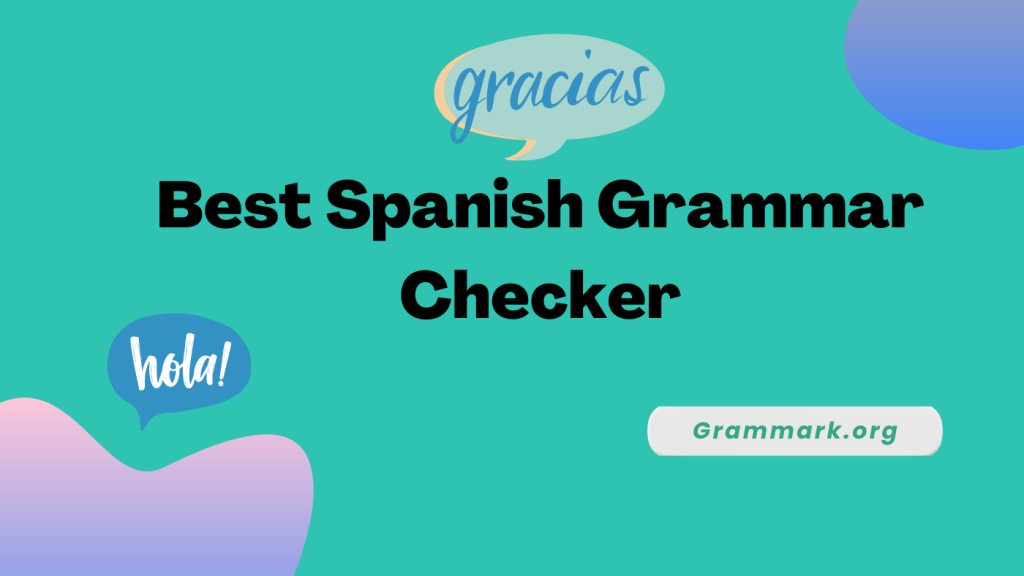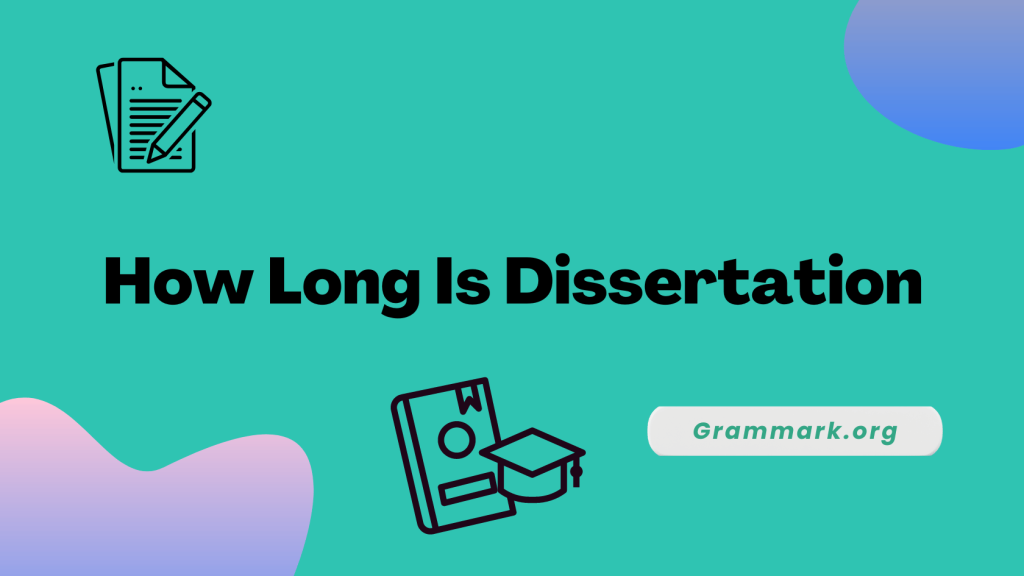Grammarly uses AI, and it does so pretty effectively. With its exclusive ‘Generative AI’ feature, it utilizes artificial intelligence, including natural language processing, machine learning, and deep learning, to provide advanced writing assistance.
This AI integration enables Grammarly to offer context-aware grammar corrections, style improvements, and personalized writing suggestions.
In this article, I have tested how Grammarly harnesses the power of AI to enhance writing accuracy and efficiency.
How Grammarly Uses AI?
Grammarly’s sophisticated AI-driven system works with several advanced technologies to analyze and improve written content.

Let’s look into the key AI components that make Grammarly an indispensable writing companion.
Natural Language Processing (NLP)
At the core of Grammarly’s AI capabilities lies Natural Language Processing. NLP enables the software to comprehend the intricacies of human language, going beyond simple word-by-word analysis to understand context and meaning.
- Contextual Understanding:
Grammarly’s NLP algorithms analyze sentences holistically, considering the relationships between words and phrases. This allows it to identify errors that might be grammatically correct in isolation but incorrect within the broader context.
For example, it can distinguish between homonyms like “their,” “there,” and “they’re” based on the surrounding words and sentence structure.
- Semantic Analysis:
The AI examines the meaning behind words and phrases, helping to catch subtle errors in word choice or phrasing that might alter the intended message.
This capability enables Grammarly to suggest more appropriate synonyms or rephrase sentences to better convey the writer’s intent.
- Syntactic Parsing:
Grammarly’s NLP breaks down sentences into their grammatical components, enabling it to identify structural issues and suggest improvements.
This process allows the tool to catch complex grammatical errors that might slip past human proofreaders, such as subject-verb agreement in lengthy sentences or improper use of dependent clauses.
Machine Learning
Grammarly’s AI continuously evolves and improves through machine learning techniques, adapting to user preferences and writing styles.
- Data-Driven Improvements: The system learns from millions of writing samples and user interactions, refining its ability to provide accurate suggestions over time. This vast dataset lets Grammarly stay current with language trends and evolving usage patterns.
- Personalized Recommendations: Machine learning algorithms analyze individual user patterns, tailoring suggestions to match personal writing styles and preferences. Over time, Grammarly can learn to distinguish between intentional stylistic choices and genuine errors, providing more relevant feedback.
- Error Pattern Recognition: Grammarly’s AI can preemptively address common writing issues by identifying recurring mistakes across a large user base. This proactive approach helps users avoid mistakes before they make them, contributing to overall improvement in writing skills.
Deep Learning
Grammarly employs deep learning, a subset of machine learning, to tackle more complex language tasks and provide nuanced writing assistance.
- Neural Networks: Deep learning models, inspired by the human brain, enable Grammarly to process language in increasingly sophisticated ways. These neural networks can identify intricate patterns in text that would be difficult or impossible to program manually.
- Tone Analysis: Advanced AI techniques allow Grammarly to discern the emotional tone of writing, suggesting adjustments to match the intended audience and purpose. This feature helps users maintain consistency in formal documents or adapt their language for different communication scenarios.
- Contextual Word Embeddings: Deep learning models help Grammarly understand words in context, improving its ability to suggest appropriate synonyms and phrasing alternatives. This technology enables more natural and contextually relevant suggestions, enhancing the overall quality of writing.
Grammarly’s Generative AI In Action: Grammarly’s Features
Grammarly’s AI-powered features work together to provide comprehensive writing support. Here’s how AI enhances critical aspects of the writing process:
1. Grammar And Spelling Checks
Grammarly’s AI goes beyond traditional spellcheckers, offering context-aware corrections:
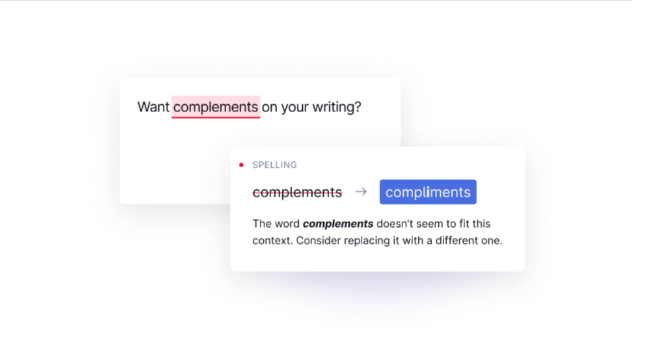
- Intelligent Error Detection: The AI analyzes sentence structure and context to identify errors that might be missed by simpler tools. This includes detecting misused words, incorrect verb tenses, and agreement errors in complex sentences.
- Suggested Corrections: Using its vast language model, Grammarly provides accurate correction options, often anticipating the user’s intended meaning. The AI can offer multiple suggestions when appropriate, allowing users to choose the best fit for their specific context.
- Learning from Corrections: As users accept or reject suggestions, the AI learns and refines its recommendations, becoming more accurate over time for individual users and the broader user base.
2. Style And Tone Adjustments
AI enables Grammarly to offer sophisticated style and tone recommendations:
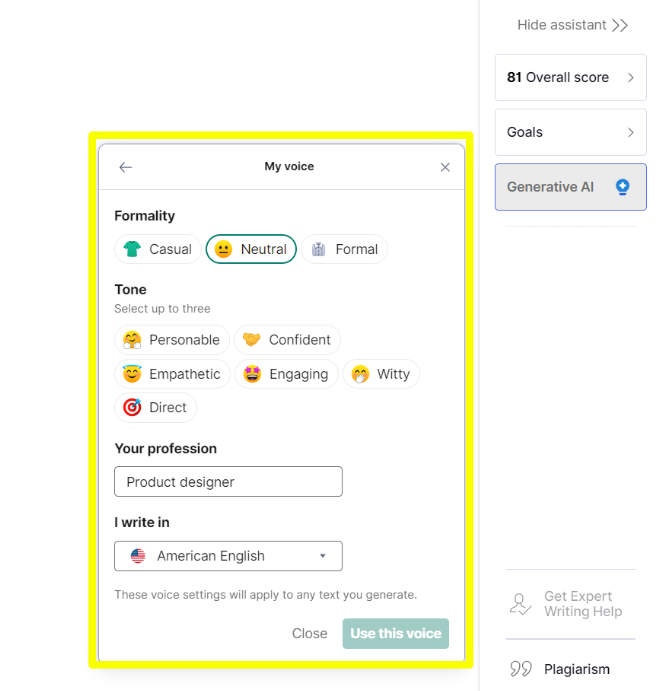
- Formality Adjustments: The system can recommend changes to match the desired level of formality, from casual to academic writing. This ensures consistency throughout a document and helps users adapt their writing style to different contexts.
- Profession-Specific Suggestions: Based on your profession, the AI considers the target audience and writing purpose, offering tailored advice to improve clarity and impact. For instance, it might suggest more formal language for academic papers or a conversational tone for blog posts.
- Vocabulary Enhancement: Grammarly’s AI suggests alternative words and phrases to elevate writing and avoid repetition. This feature helps users expand their vocabulary and create more engaging content.
- Clarity Improvements: AI algorithms identify potentially confusing or ambiguous phrases, offering suggestions to make the writing more straightforward and easy to understand.
3. Plagiarism Detection
Grammarly’s AI-powered plagiarism checker helps maintain academic and professional integrity:
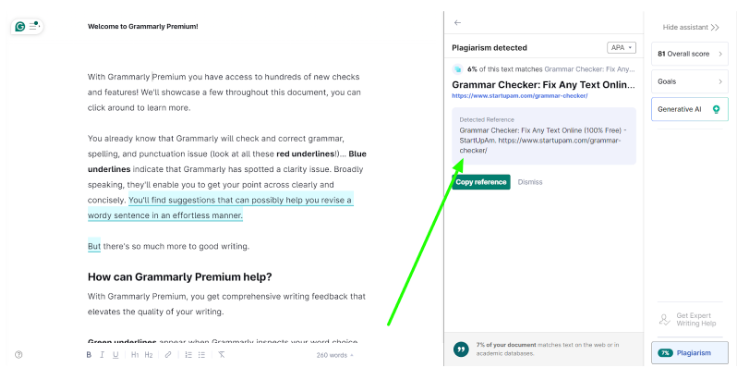
- Vast Database Comparison: The AI rapidly compares submitted text against billions of web pages and academic papers. This extensive database allows for thorough checks, helping users avoid unintentional plagiarism.
- Intelligent Similarity Detection: Beyond exact matches, the AI can identify paraphrased content that may constitute plagiarism. This advanced capability helps users ensure their work is truly original.
- Citation Suggestions: When similarities are detected, the AI can suggest proper citation formats, helping users acknowledge sources correctly and avoid academic dishonesty.
4. Clarity And Conciseness
AI algorithms work to improve overall readability and communication effectiveness:

- Sentence Structure Optimization: Grammarly suggests ways to break up long sentences or combine short ones for better flow. This feature helps create a more balanced and readable text structure.
- Redundancy Elimination: The AI identifies and helps remove unnecessary words or phrases, enhancing conciseness. This capability is particularly useful for business or academic writing where clarity and brevity are valued.
- Readability Scoring: Using AI-driven metrics, Grammarly provides feedback on the overall clarity and readability of the text. This feature helps users gauge how accessible their writing is to their intended audience.
- Active Voice Promotion: The AI encourages the use of active voice where appropriate, contributing to more dynamic and engaging writing.
AI And The Future Of Grammarly
As AI technology continues to advance, Grammarly is poised to offer even more sophisticated writing assistance. Here are 5 key points with which AI in the future can influence Grammarly.
- Real-Time Collaboration: Future AI enhancements may enable Grammarly to provide instant feedback during collaborative writing sessions, facilitating smoother teamwork and communication.
- Multilingual Support: Advancements in AI translation and language understanding could expand Grammarly’s capabilities to support multiple languages seamlessly. This would make it an invaluable tool for non-native speakers and multilingual writers.
- Content Generation Assistance: While maintaining its focus on enhancing human-written content, Grammarly might incorporate AI-powered suggestions for content ideas or outline creation. This could help writers overcome writer’s block and structure their thoughts more effectively.
- Enhanced Contextual Understanding: Future iterations of Grammarly’s AI may have an even deeper understanding of context, allowing for more nuanced suggestions that consider the broader themes and goals of a piece of writing.
- Integration with Emerging Technologies: As voice-to-text and augmented reality technologies advance, Grammarly’s AI could expand to support these new interfaces, providing writing assistance across a wider range of platforms and devices.
Is Grammarly AI Safe?
Grammarly has implemented robust measures to ensure the safety and security of its AI-powered writing assistant. Some key points regarding Grammarly’s AI safety include:

- Privacy Protection: Grammarly prioritizes keeping users’ private information private. They have implemented features and safeguards to protect user data.
- High-Security Standards: An in-house security team maintains rigorous information security practices and fortifies the product against potential threats.
- Compliance and Attestations: Grammarly has obtained enterprise-grade attestations and certifications to validate its security controls, ensuring user data remains safe and secure.
- Responsible AI Development: The company is committed to developing and deploying AI responsibly, with the goal of benefiting and enhancing the user experience.
- No Data Selling: Grammarly explicitly states that they do not sell user data or rely on an ad-based revenue model. Users retain ownership of their written content.
- Continuous Updates: The company regularly updates its security measures and compliance portfolio to keep up with evolving industry best practices.
- Transparency: Grammarly maintains a blog where they discuss their approach to AI safety, security updates, and responsible AI integration.
By implementing these measures, Grammarly aims to provide a safe and trustworthy AI-powered writing assistant. However, as with any online service, users should always be mindful of the information they share and follow best practices for online safety.
AI Summits And Conferences
The rapid evolution of AI in language processing and its applications across various industries is driven by ongoing research, collaboration, and knowledge sharing.
Several key conferences and AI summits worldwide contribute to advancements, which in turn can suggest the ways AI and Grammarly would improve:
- Ai4 2024 (12-14 August 2024, Las Vegas, USA):
This upcoming AI conference is described as the “epicenter of the AI ecosystem,” and this conference features over 350 speakers and 150 exhibitors.
It will focus on the responsible adoption of machine learning and AI, covering topics such as AI ethics, generative AI, and AI’s impact on various sectors, including healthcare, education, and manufacturing.
- The AI Conference 2024 (18-19 September 2024, San Francisco, USA):
This event aims to “build a beacon of knowledge, innovation, and community” in the AI field. It attracts speakers from major tech companies like Google, Meta, and Microsoft, focusing on bridging the gap between AI research and practical applications.
- Middle East Enterprise AI & Analytics Summit (10 October 2024, Doha, Qatar):
This summit encourages businesses to embrace AI, focusing on its application within various sectors such as government, healthcare, and finance. Topics include AI in security, fraud detection, and ethical implications of AI.
- AI & Big Data Global (Dates TBA, London, UK):
This free-to-attend event showcases cutting-edge AI and Big Data innovations, allowing attendees to learn how to apply these technologies to their businesses. It covers AI & Big Data advancements and their impact on enterprise and consumer sectors.
Conclusion: Grammarly Uses AI With Generative AI!
Grammarly’s effective use of AI technologies, including NLP, machine learning, and deep learning, has revolutionized writing assistance.
The integration of AI in Grammarly’s functionality demonstrates the significant impact that artificial intelligence can have on everyday tasks. As we’ve explored, AI enables Grammarly to understand context, learn from user interactions, and provide increasingly sophisticated writing support.
For writers, students, and professionals looking to elevate their written communication, exploring Grammarly and staying informed about AI advancements in language processing can provide valuable insights and tools for success in an increasingly digital world.
From the past and upcoming conferences and summits on AI, it is evident that AI technology continues to progress, and the future of writing assistance looks bright. This promises even more powerful and intuitive support for writers of all levels.

